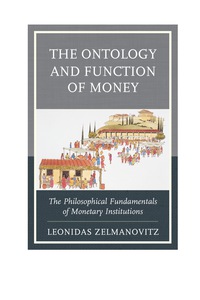Question
and he has the following current investments and debts: A car loan with an outstanding balance of $5,000 and a 4.77% APR (monthly compounding) Credit
and he has the following current investments and debts:
A car loan with an outstanding balance of
$5,000
and a
4.77%
APR (monthly compounding)
Credit cards with an outstanding balance of
$10,000
and a
14.87%
APR (monthly compounding)
A regular savings account with a
$30,000
balance, paying a
5.56%
effective annual rate (EAR)
A money market savings account with a
$100,000
balance, paying a
5.16%
APR (daily compounding)
A tax-deductible home equity loan with an outstanding balance of
$25,000
and a
4.92%
APR (monthly compounding)
a. Which savings account pays a higher after-tax interest rate?
b. Should your friend use his savings to pay off any of his outstanding debts?
a. Which savings account pays a higher after-tax interest rate? (Hint: When calculating the money market return, make sure to carry at least six decimal places in all calculations.)
Regular savings pays
nothing%.
(Round to two decimal places.)
Step by Step Solution
There are 3 Steps involved in it
Step: 1

Get Instant Access to Expert-Tailored Solutions
See step-by-step solutions with expert insights and AI powered tools for academic success
Step: 2

Step: 3

Ace Your Homework with AI
Get the answers you need in no time with our AI-driven, step-by-step assistance
Get Started


